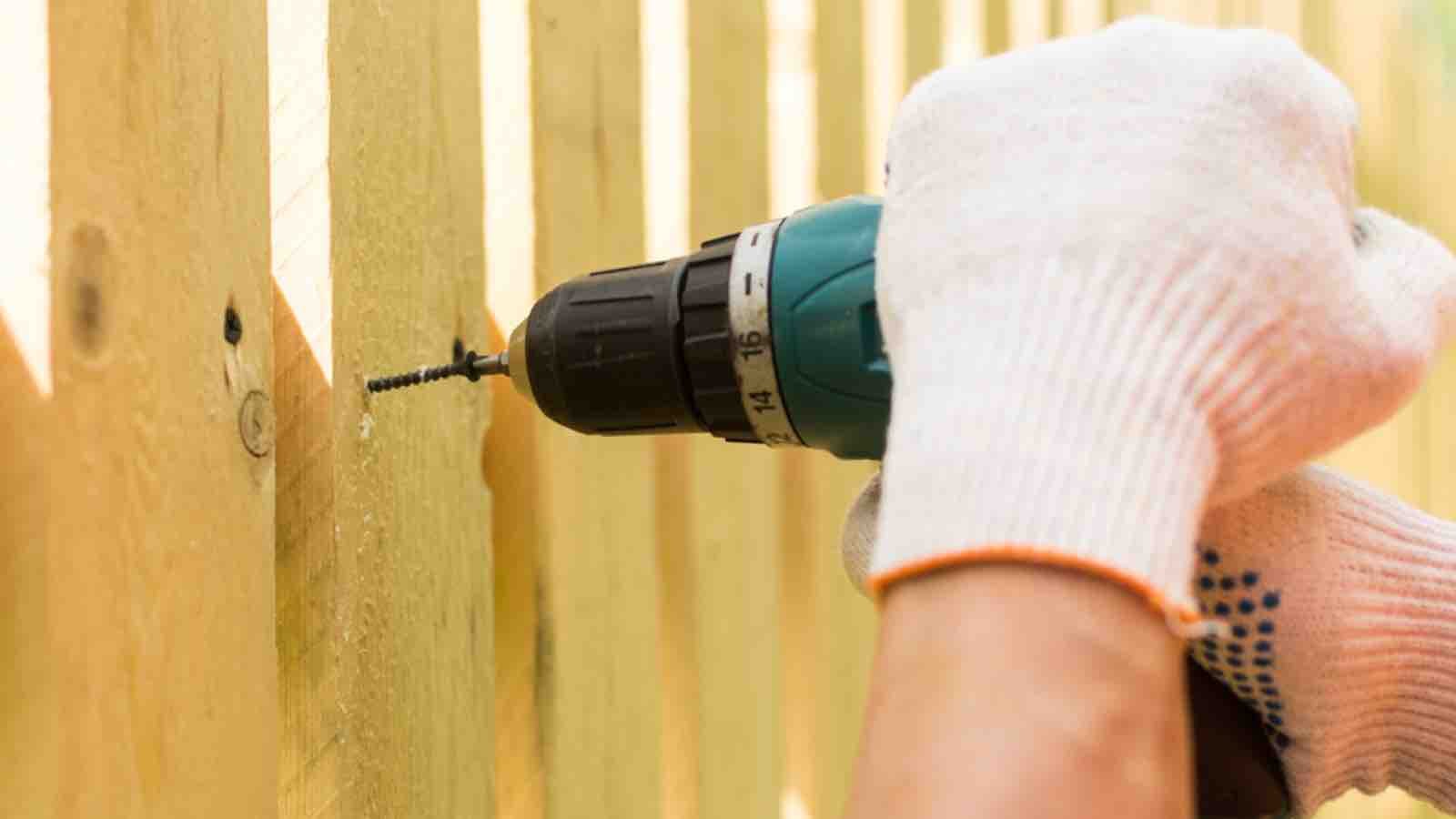The Beginner’s Guide To Installing A Fence

Good fences make good neighbors. At least that’s how the saying goes.
Planning to install a fence of your own? While it might seem like a straightforward DIY project, rookie mistakes could quickly turn your fence into an eyesore (and an expensive one, at that).
Don’t let this simple project turn into more of a headache than a home improvement. With a little help and proper planning, you can be enjoying your new fence in just a few days. Then, you’ll have some extra privacy and a place for pets to roam free for years to come.
See also: The Ultimate Backyard Safety Checklist
Not sure where to start? Here’s our beginner’s guide to installing your own fence:
1. Develop a plan.
A fence can be a functional and beautiful part of your home. But it requires planning. Save time later by hashing out the details now. Before digging that first post hole, be sure to:
- Check utility lines. You don’t want your shovel to take out the phone line. Before you dig, request that your utility company sends someone to mark any underground lines within your proposed fencing area. All it takes is a phone call – and it’s free! Learn more in our post on why to call 811 before you dig.
- Know your codes. When building a fence, permits may be required depending where you live. And the regulations for building your fence could change based on several factors including the type of fence, location, height, and construction materials. Call your local zoning department (or your homeowners association, if applicable) to make sure you understand any applicable laws or codes before you build.
- Notify your neighbors. Many homeowners may find it awkward to tell their neighbors about the installation of a fence. (After all, you’re literally building a wall between your homes.) But having a conversation about your plans early on could prevent disputes from arising once construction begins. Need advice? Read more about how to keep your cool when handling neighbor disputes.
2. Choose your material.
What your fence is made of will affect its appearance and price. Every product has pros and cons, so it often comes down to why you’re building in the first place.
- Wire, mesh, and chain: By far the most economical option, these materials cost approximately $1 to $6 per linear foot. This is a great choice for security, marking property lines, and keeping in animals. On the flip side, a chain link fence doesn’t help much with privacy, and some see it as less visually appealing than wood or vinyl. .
- Wood: One of the most popular products for fencing, wood is suitable for privacy fencing and has a natural look. Although maintenance is required, it can last for decades with regular upkeep and staining.
- Vinyl: Lightweight, affordable, and durable, vinyl fences can mimic the appearance of wood or plastic. They’re known to be easy to set up and maintain, but are not great for security.
3. Start building.
After you map it out, grab your tools and double-check your math. Most installations include these basic steps:
- Measure and mark. Determine where your posts will go, accounting for any required property line setbacks. Space your posts evenly for the panel installation and be sure to account for elevation changes.
- Dig holes for posts. This part takes some muscle, whether you’re using a manual post hole digger or renting a powered auger. Generally speaking, the hole depth should be about one-third of your post height. For example, a 6-foot post needs a hole that’s 2 feet deep. Be sure to check any local laws or codes about fence height and depth. Requirements may differ in areas with high wind or very cold winters, where posts may need to extend below the frost line.
- Secure posts in cement. Anchoring your posts in concrete will keep your fence standing tall. Drop in your post and make sure it’s level, then pour in the concrete. Be sure to allow 24 hours for the cement to cure.
- Attach panels to posts. Check that panels are secure and aligned correctly. Double-check if your fence has a “finished” side – this usually looks best facing out, or else it may look like your fence was installed backwards.
- Install gates and hardware. Hardware should be selected based on the construction materials you’re using and installed according to the manufacturer’s instructions.
4. Make sure you’re covered.
Once your fence is complete, it’s a good idea to contact your Erie Insurance agent and let them know you’ve made an update to your home. A home improvement project, such as a fence, might increase the value of your home and how much homeowners insurance you need. By getting to know you, your local ERIE agent can make sure you have coverage that fits both your life and your budget. Local service and personal attention is what we’re all about. Learn more about what makes ERIE different.

A better insurance experience starts with ERIE.
Haven’t heard of us? Erie Insurance started with humble beginnings in 1925 with a mission to emphasize customer service above all else. Though we’ve grown to reach the Fortune 500 list, we still haven’t lost the human touch.
Contact Goff Insurance Services today to experience the ERIE difference for yourself.